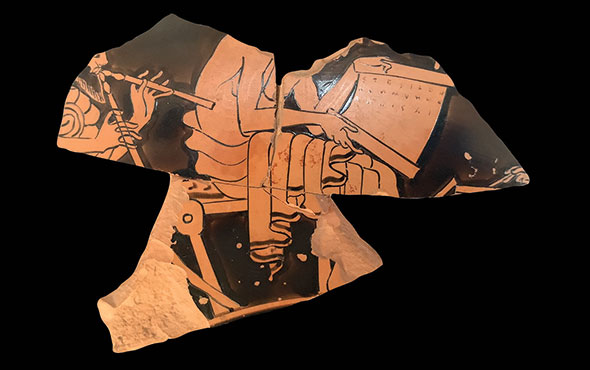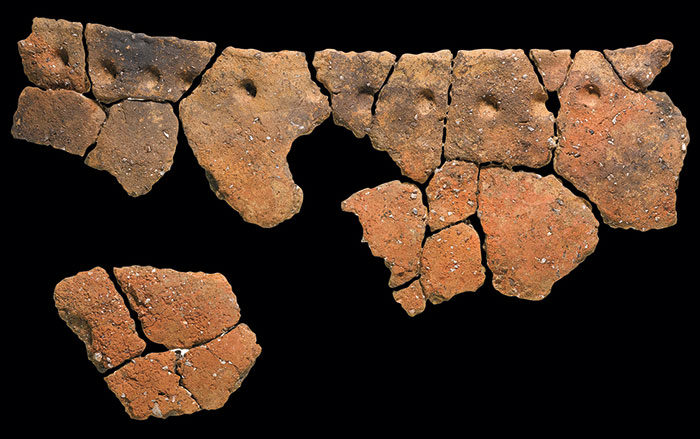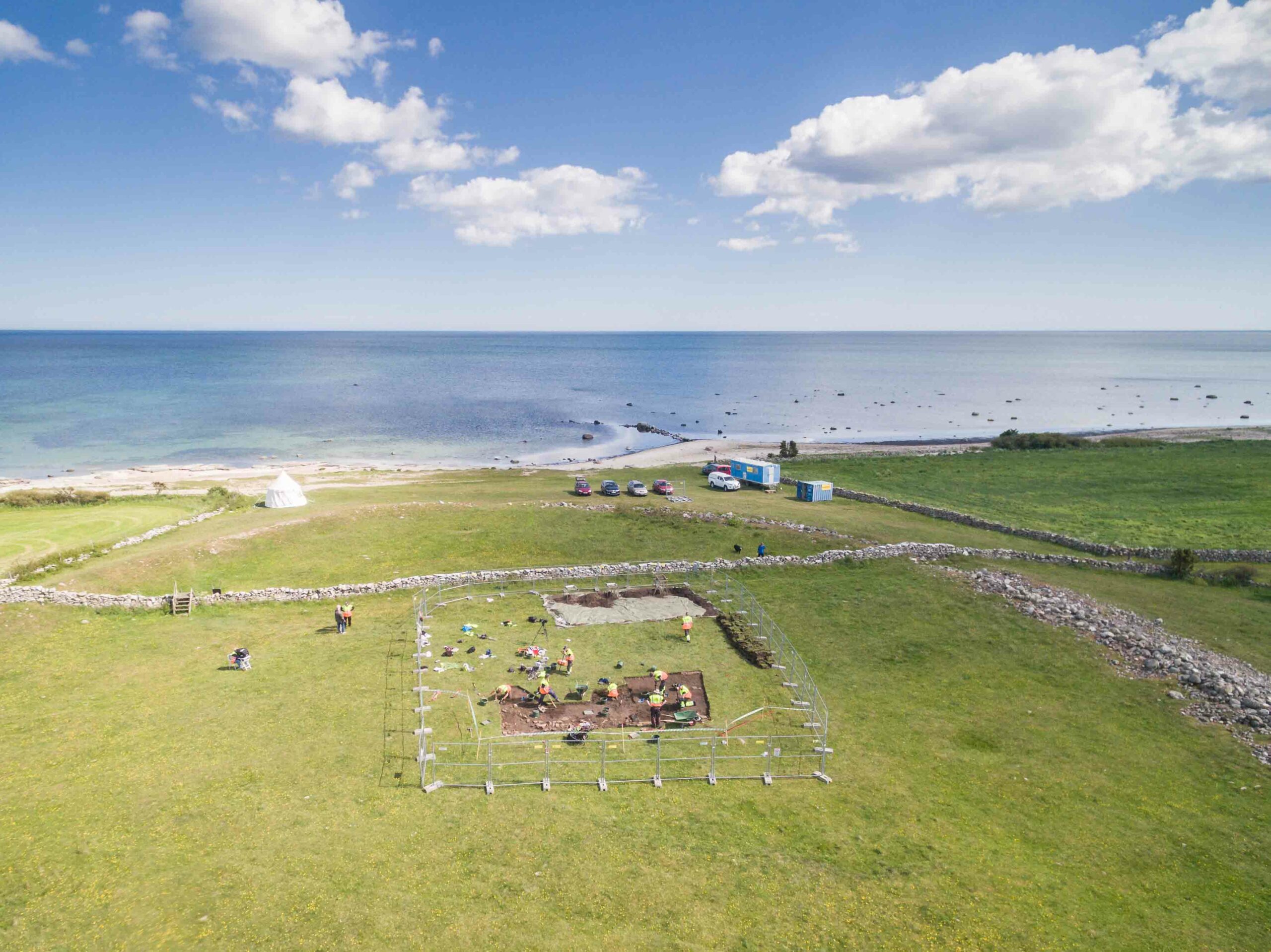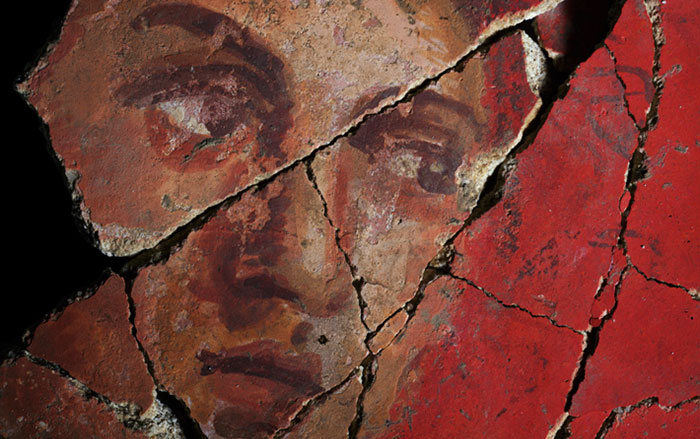
NEWCASTLE UPON TYNE, ENGLAND—Analysis of the residues on ancient pottery fragments from six archaeological sites in the Swiss Alps detected compounds produced when animal milk is heated, according to a report in Quartz. This suggests that herders were making cheeses at higher altitudes some 3,000 years ago. “Prehistoric herders would have had to have detailed knowledge of the location of alpine pastures, be able to cope with unpredictable weather and have the technological knowledge to transform milk into a nutritious and storable product,” said archaeologist Francesco Carrer of Newcastle University. Herders may have moved into the mountains as the population in the lowlands grew. To read about a recent archaeology discovery in Switzerland, go to "Switzerland Everlasting."










